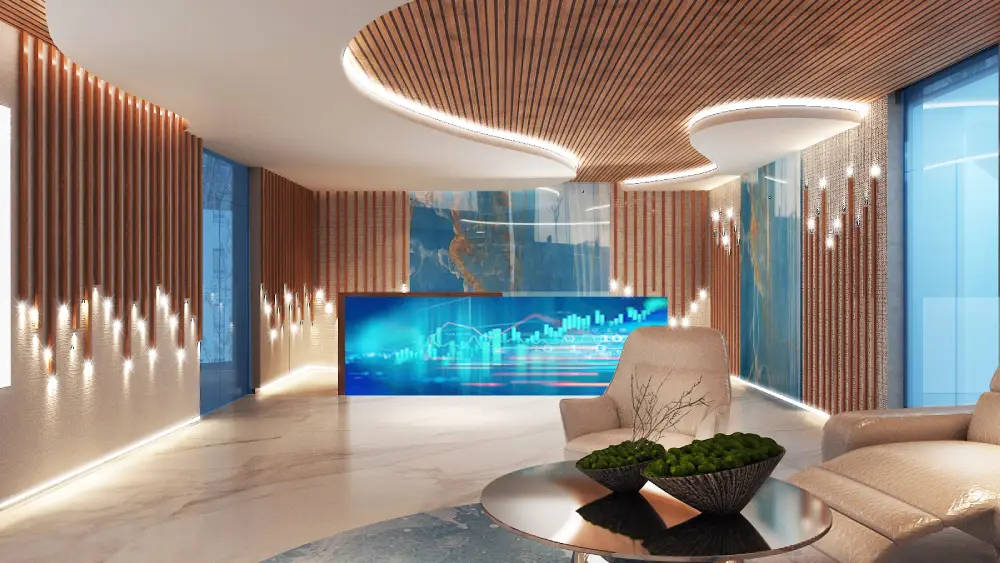The modern office environment is evolving rapidly to meet the changing needs of businesses and employees. From technology integration to wellness-focused spaces, the latest trends in interior office fit out design reflect a shift towards flexibility, sustainability, and employee well-being. Below are some of the most significant trends shaping contemporary office interiors.
Hybrid and flexible workspaces:
The rise of hybrid work models has transformed office design. Companies are increasingly adopting flexible layouts that accommodate both in-office and remote work. Hot-desking, collaborative zones, and multipurpose spaces allow employees to choose where they work best on any given day. This flexibility supports diverse work styles and helps optimize space usage, catering to the evolving needs of a hybrid workforce.
Biophilic design:
Biophilic design integrates natural elements into the office environment to improve well-being and productivity. This trend includes the use of natural materials like wood and stone, incorporating indoor plants, and increasing natural light. Features such as green walls, living plant installations, and views of outdoor spaces are becoming popular, as they create a calming, rejuvenating atmosphere and improve air quality.
Sustainable practices:
Sustainability is a key consideration in modern office design. Businesses are increasingly focusing on eco-friendly materials, energy-efficient systems, and waste reduction. Sustainable design elements include using recycled or upcycled materials, incorporating energy-efficient lighting and HVAC systems, and implementing green certifications like LEED. These practices reduce the environmental impact and also reflect a company’s commitment to corporate social responsibility.
Smart technology integration:
Smart technology is altering office interiors. From automated lighting and climate control to advanced security systems, technology is being smoothly integrated into the workspace. Smart office solutions improve comfort, streamline operations, and improve energy efficiency. Interactive digital displays, voice-controlled systems, and IoT-enabled devices are becoming standard, providing a tech-savvy, efficient working environment.
Wellness-focused spaces:
Employee wellness is increasingly at the forefront of office design. Modern offices feature dedicated wellness areas such as meditation rooms, fitness centers, and relaxation zones. Design elements that promote mental and physical health include ergonomic furniture, noise-reducing materials, and access to natural light. Creating a space that supports wellness can boost morale, reduce stress, and improve overall job satisfaction.
The importance of collaboration and social interaction in the workplace is driving the design of open, multifunctional spaces. Offices are incorporating lounges, coffee bars, and informal meeting areas to encourage spontaneous interactions and team-building. These social spaces are designed to nurture creativity and collaboration, providing a contrast to traditional, formal office settings.
